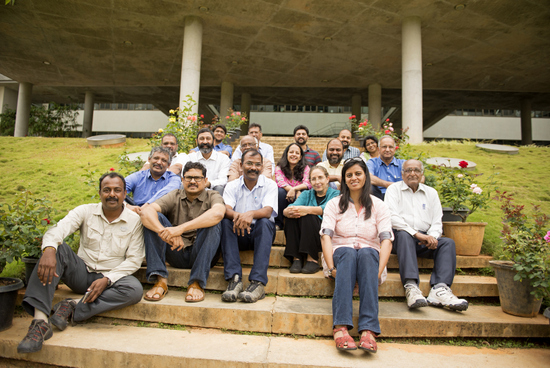NCEAS Working Groups
SNAPP: Connectivity across the landscape: Strategies to meet needs for infrastructure and wildlife in India
Project Description
Rapid expansion of transport networks and other infrastructure to meet development needs is occurring throughout the world. This expansion potentially severs connectivity across landscapes and disrupts gene flow for wide ranging endangered species. We propose to assemble data sets that provide options for simultaneously meeting needs for infrastructure development while maintaining connectivity of the landscape, including technological options (e.g. overpasses), planning (e.g. scenarios based on connectivity modeling for siting decisions), and management (e.g. road closures at sensitive times). We will examine these options in two landscapes critical for conservation in India: central India and the Western Ghats. Both of these landscapes are facing severe development pressures from road, rail, dams, energy infrastructure, human settlements and mining projects. We will assemble an advisory group comprised of high-level, key national- and state-level decision makers from the relevant sectors, including highway, mining, and energy sectors, and conservation scientists. A working group will carry out analyses of options for maintaining connectivity based on experiences in India and internationally, including costs and effectiveness of different strategies. The working group will also conduct connectivity modeling to test scenarios based on these strategies. The advisory group will consider the applicability of different strategies for the two landscapes based on input from the working group. We expect that results of the analyses combined with lessons learned from application to these two important landscapes will provide a pathway for decision-making in other landscapes throughout India and elsewhere.

Principal Investigator(s)
Krithi Karanth, Ruth S. DeFries, Ullas Karanth
Project Dates
Start: July 1, 2016
End: June 30, 2018
completed
Participants
- Praveen Bhargav
- Wildlife First
- Naveen Bhat
- Ashwini Chhatre
- University of Illinois, Urbana Champaign
- Ruth S. DeFries
- Columbia University
- Trishna Dutta
- Clemson University
- M. K. Jiwrajka
- Indian Forest Service
- Krithi Karanth
- Wildlife Conservation Society
- Ullas Karanth
- Wildlife Conservation Society
- A. S. Karanth
- Jagdish Krishnaswamy
- Ashoka Trust for Research in Ecology and the Environment
- Ajith Kumar
- Wildlife Conservation Society India
- Patrick McGowen
- Western Transportation Institute
- R. Mohanty
- India International Infrastructure Engineers Ltd.
- Rajat Nayak
- Foundation for Ecological Research Advocacy and Learning
- Milind Pariwakam
- Wildlife Conservation Trust
- K. Ramesh
- Wildlife Institute of India
- M. Seshagiri Rao
- Rail India Technical and Economic Services
- Shishir Rao
- Nitya Satheesh
- Ramki Sreenivasan
- Conservation India
- Srinivas Vaidyanathan
- Foundation for Ecological Research Advocacy and Learning (FERAL)
- Anubhav Vanamamalai
- Wildlife Conservation Society India
Products
-
Journal Article / 2020
Bits and pieces: Forest fragmentation by linear intrusions in India
